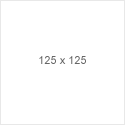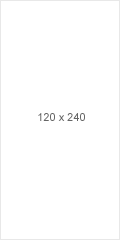Peter Moss
Professor of Early Childhood Provision
Thomas Coram Research Unit
27-28 Woburn Square
London WC1H 0AA
I would like to tell you about three new publications on early childhood education and care that you may find of interest. They cover policy, practice and participation.
The policy publication is a report from UNESCO called Caring and Learning Together: a cross-national study of the integration of early childhood care and education in education. Written by John Bennett, Yoshie Kaga and myself, it examines an important policy option for the future development of ECCE services, based on the experience of five countries (Brazil, Jamaica, New Zealand, Slovenia and Sweden) and one city (Ghent in Belgium) that have integrated ECCE within the education system. It looks at the rationale, process, extent and consequences of integration and draws important conclusions. It also includes perspectives from countries that have chosen to retain split systems. The report can be downloaded for free from the UNESCO website – go to http://www.unesco.org/en/early-childhood/publications/ and click on the red covered report on the right hand side under “Just Published’.
The practice publication is Art and Creativity in Reggio Emilia: Exploring the role and potential of ateliers in early childhood education. Written by Vea Vecchi, an atelieristas from Reggio Emilia and a foremost authority on the role of art and creativity in education, this is the latest book in the Contesting Early Childhood series, edited by Gunilla Dahlberg and myself. Drawing on many years of practice and reflection, and providing many examples, the book explores the place of art and creativity in early childhood education, the role of the atelier (an arts workshop in a school) and the atelieristas (an educator with an arts background), and provides a unique insider perspective on the pedagogical work of Reggio Emilia. For more details, see the attached flier.
The participation publication is Transforming Children’s Spaces: Children’s and adults’ participation in designing learning environments. It is written by Alison Clark, whose Mosaic approach has attracted widespread interest for its potential for listening to young children and enabling their participation in decisions about the centres they attend. Based on two actual building projects, the book demonstrates the possibilities of including young children’s perspectives in the design and review of children’s spaces. It provides insights into how young children see their environment, discusses children’s aspirations for future spaces, and develops the author’s Mosaic approach as a method for listening to young children – but also adults. For more details, see the attached flier.
If you would like more information or experience problems accessing any of these publications, please contact me.
Posted by the Childhood Email List at the Childhood Research and Policy Centre, Social Science Research Unit, Institute of Education, University of London. To join this list or to post a message please send emails to ssru@ioe.ac.uk.









